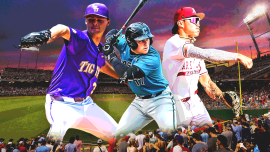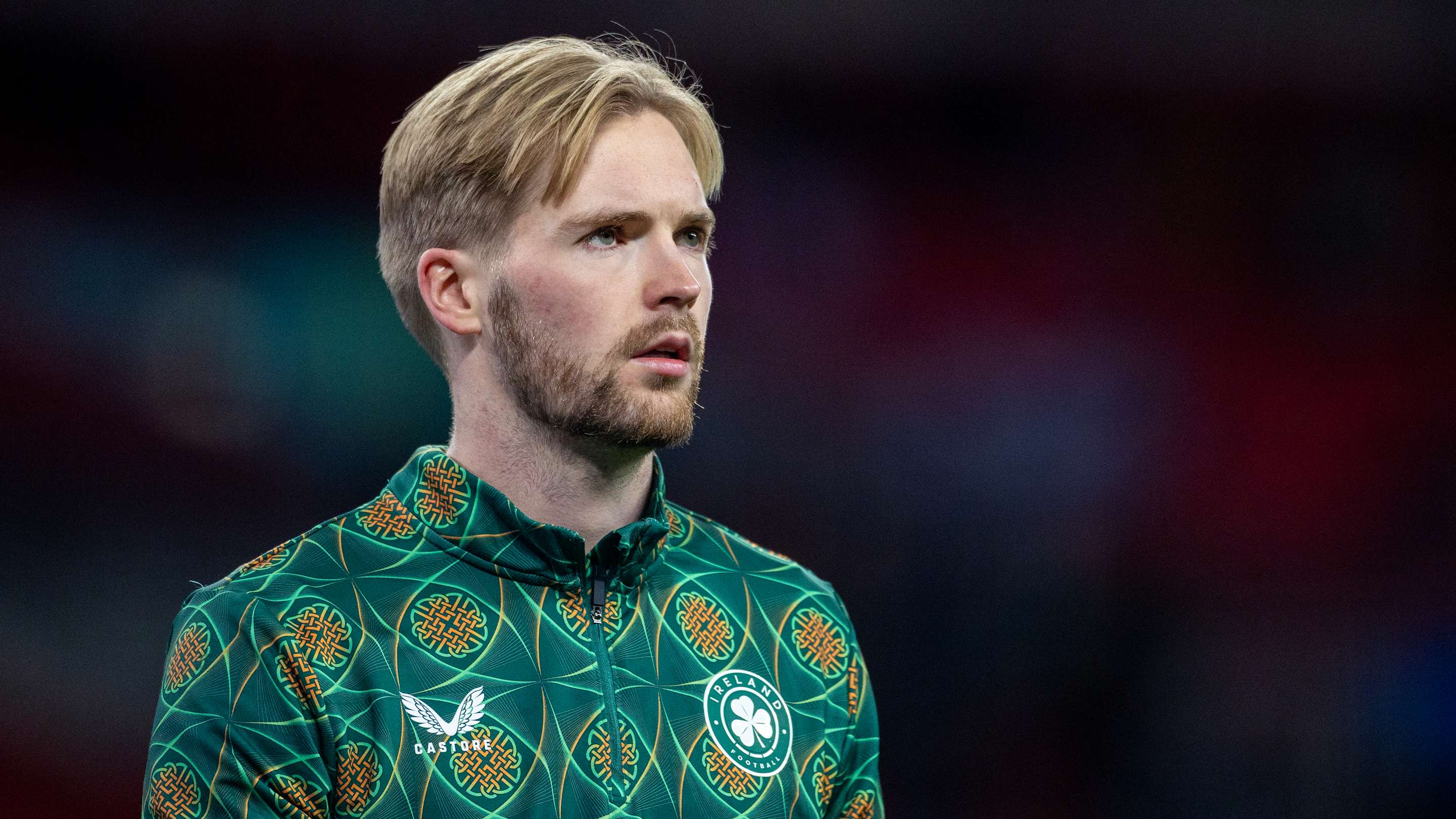
Major League Baseball's amateur draft is now just a few weeks away, with the Washington Nationals scheduled to the third No. 1 selection in franchise history come Sunday, July 13. While it remains unclear who the Nationals will take at the top, this much is certain: MLB's amateur draft is more complicated and less understood than its NFL and NBA counterparts.
There are a few reasons for that. MLB's draft is the longest, and the least likely to pay immediate (or near-immediate) dividends. It also involves the most strategy from a financial perspective, since teams are allowed to go above (or below) suggested slot recommendations to accommodate their entire class. College baseball simply gets less attention than football and basketball, so the players are more of an unknown quantity to the general public.
So today, I want to tackle four common misconceptions that people have about the draft. It may be messy, but it doesn't have to be.
2025 MLB Draft rankings: Top 30 players in class, including Eli Willits, Jamie Arnold, Ethan Holliday and more
R.J. Anderson

1. It's always BPA at the top
As noted, the MLB Draft is unique in that it enables teams more financial freedom than other leagues. There are recommended slots, and there are some restrictions in place. But teams are able to duck above and below those recommendations in building out their class. Sometimes, that means saving money at the top is the smart call.
Teams like the Houston Astros and Pittsburgh Pirates have popularized the portfolio approach. The philosophy is straightforward: take the player from the highest tier with the lowest bonus demand, enabling you to later pick from a higher tier of player than you would be able to otherwise afford. In other words, spend less money up top and you have more to spend later. In turn, that means it's not a given for the No. 1 pick to receive the highest bonus in the draft.
Take a look at where the first pick's signing bonus has ranked among first-round picks over the last decade -- here's a spoiler: 40% of the time it's not been No. 1:
- 2024: Third
- 2023: First
- 2022: First
- 2021: Fifth
- 2020: First
- 2019: First
- 2018: First
- 2017: Fourth
- 2016: Second
- 2015: First
The classic example of this working out well saw the Astros drafting Carlos Correa over Byron Buxton and Jon Gray, and later using the savings to net Lance McCullers Jr. More recently, the Pirates were able to pay Bubba Chandler double what the next highest pick in his round received after taking Henry Davis No. 1 overall. It's fair to write that looks like a mixed bag outcome.
Of course, there's a lot of nuance that gets lost looking at the draft through a results-based prism. The portfolio approach is a viable strategy only when the club picking No. 1 believes that there are multiple players who project similarly. I don't think any team is going to intentionally choose a prospect they believe is significantly worse just to save some money for a potential pick later in the draft.
2. Performance matters most
"Moneyball" readers knows that performance, particularly at the collegiate level, was the most important part of a prospect's profile to those Athletics. In an ironic twist, that's no longer the case now that teams have access to oodles of additional data.
The current progressive teams are worried less about how a player has performed or is performing, and more about how he will perform. That distinction means focusing on traits that are more predictive than actual output. In practice, that might mean that a team takes a pitcher with the kinesiological profile to add more dynamic offerings. It also might mean that a team dials in on force-plate data to divine velocity or slugging gains. (Here's a bonus misconception: the idea that the draft combine is worthless -- it's not, as it's a good place to gain a firmer handle on athletic testing.)
Take Arkansas right-hander Gage Wood as an example. He's coming off a collegiate season that saw him post a 5.02 ERA in 28 innings (also, yeah, that College World Series no-hitter). Yet, provided his medicals check out (he missed time with a shoulder injury), he's likely to go significantly higher than that performance would have merited a few decades back. Why? Because he has some of the best underlying data in the class.
This isn't to suggest performance is completely meaningless. In an ideal world, the prospect would still play to their talent level. It just means that there's more informing decisions than looking at a statline.
3. Sluggers and aces are only found early
In other sports, you'd be lucky to find a top quarterback or star wing outside of the top 10. In MLB, unearthing a big-time home-run hitter or an ace is commonplace.
For context, consider that only three of the top 25 home-run hitters since 2023 were drafted in the top 10. Five others were selected later in the first round. Everyone else who was drafted (as opposed to signing as an international amateur free agent) was selected in the second round or later. On the other end, five of the top 25 starting pitchers (by Wins Above Replacement) since 2023 were drafted in the top 10. Six were taken between the second and fifth round, and five others were picked even later.
Lest anyone confuse the dynamic: this is the combination of a larger denominator and greater developmental variance at play. MLB teams combine to select more than 600 players each summer. That's more than twice as many players as NFL teams, and it's 10 times as many players as the NBA. It does go to show, though, that you never know where your team's next star will come from.
4. It never pays off quickly
I've acknowledged throughout that there's more lag time between being drafted in MLB and making contributions at the highest level as opposed to other sports leagues. That doesn't mean every player requires two or three years of build-up, however. Players like Paul Skenes, Wyatt Langford, and Zach Neto prove you can make a quick trek from the draft board to the big-league clubhouse.
The recent debut of Los Angeles Angels infielder Christian Moore means that the 2024 class has produced five big-league players within a year. Big deal, you might think. The Angels themselves have made a habit out of pushing their top picks through their system in a hurry. But take a look at the overall percentage of signed players to have appeared in MLB over the last five drafts (data courtesy of The Baseball Cube):
| 2024 | 5 | 563 | 0.89 |
| 2023 | 20 | 567 | 3.53 |
| 2022 | 48 | 562 | 8.54 |
| 2021 | 113 | 566 | 19.96 |
| 2020 | 77 | 160 | 48.13 |
If you were selected in the COVID-19-truncated draft, there's a coin flip chance you've already appeared in The Show. The year after? About a one-in-five chance. Three years ago? Closer to one-in-10. You get the point: the MLB Draft may not offer a ton of instant gratification, but it won't be that long until you start seeing these players pop up at the highest level.







-3.png)



